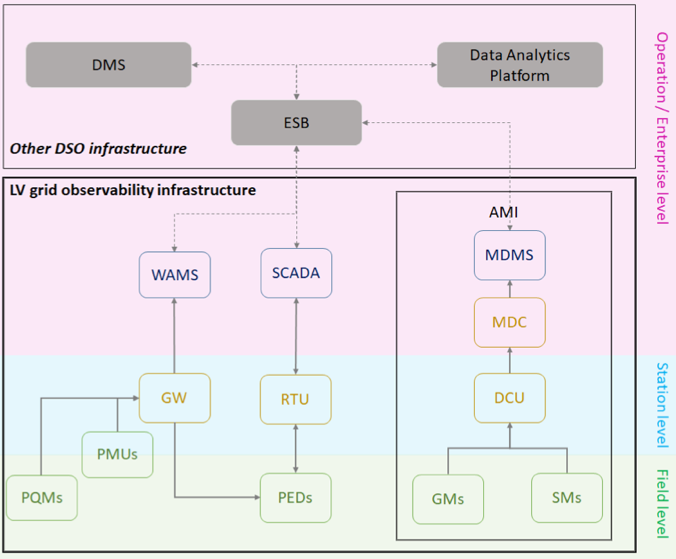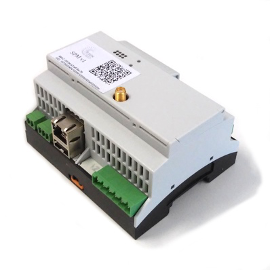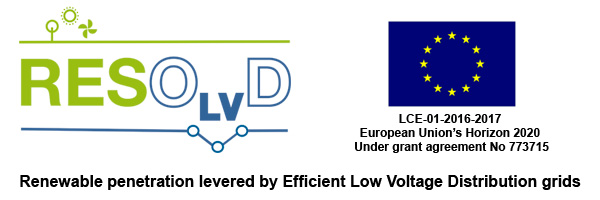ComSensus: Sensor infrastructure
The RESOLVD project aims to develop tools and technologies able to timely and accurately gather information about the grid, with grid observability identified as one of the main project goals. Those tools, mainly supported by advanced sensing devices like phasor measurement units and power quality meters, will contribute to the main need for increased grid observability by providing adequate information to the grid operation systems, where accurate fault localization and identification is crucial. At this point, it must be considered that the ability of the distribution systems operators (DSO’s) to access online measurements is very limited when it comes to the low voltage part of the grid, which severely affects the observability of the distribution grid as a whole.
The RESOLVD project has identified this issue and, in order to mitigate it, RESOLVD has defined the so-called Low Voltage Grid Operation Infrastructure (LGVOI), which comprises all components responsible for 1) monitoring and measuring of grid variables, 2) actuation, 3) data gathering and management, and 4) communication and integration.
The subsystems that compose the LVGOI can be classified as follows:
- Data management systems
- Wide Area Monitoring System (WAMS)
- Advanced Metering Infrastructure (AMI)
- Supervisory Control and Data Acquisition (SCADA)
- Instruments and Metering devices
- Phasor Measurement Unit (PMU)
- Power Quality Monitor (PQM)
- Smart Meter (SM)
- PED

When it comes to deployment of such a sensing infrastructure, it is important to note that in the low voltage part of the grid, only the last-mile communication infrastructure is owned and maintained by DSO, therefore the deployment has to take place accordingly. The mobile networks on the one hand provide an obvious solution for the lack of a dedicated communication network at the points of interest, although the associated connectivity costs and limited QoS guarantees should not be ignored. This, in turn, led to the introduction of distributed applications, some at the network edge (next to measuring devices) and some in the cloud (next to legacy systems). Such approach not only improves the local applications responsiveness, but also reduces the amount of transmitted data to the central applications and its corresponding costs. Furthermore, the adaption of protocols locally at the edge enables direct interaction with platform applications.

